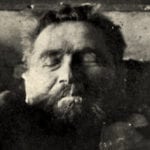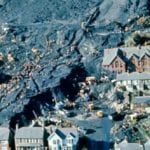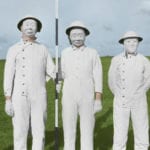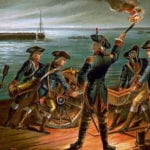 Our World
Our World  Our World
Our World  Movies and TV
Movies and TV The 10 Coolest Stars to Set Sail on The Love Boat
 History
History 10 Things You Didn’t Know About the American National Anthem
 Technology
Technology Top 10 Everyday Tech Buzzwords That Hide a Darker Past
 Humans
Humans 10 Everyday Human Behaviors That Are Actually Survival Instincts
 Animals
Animals 10 Animals That Humiliated and Harmed Historical Leaders
 History
History 10 Most Influential Protests in Modern History
 Creepy
Creepy 10 More Representations of Death from Myth, Legend, and Folktale
 Technology
Technology 10 Scientific Breakthroughs of 2025 That’ll Change Everything
 Our World
Our World 10 Ways Icelandic Culture Makes Other Countries Look Boring
 Our World
Our World 10 Ways Your Christmas Tree Is More Lit Than You Think
 Movies and TV
Movies and TV The 10 Coolest Stars to Set Sail on The Love Boat
 History
History 10 Things You Didn’t Know About the American National Anthem
Who's Behind Listverse?

Jamie Frater
Head Editor
Jamie founded Listverse due to an insatiable desire to share fascinating, obscure, and bizarre facts. He has been a guest speaker on numerous national radio and television stations and is a five time published author.
More About Us Technology
Technology Top 10 Everyday Tech Buzzwords That Hide a Darker Past
 Humans
Humans 10 Everyday Human Behaviors That Are Actually Survival Instincts
 Animals
Animals 10 Animals That Humiliated and Harmed Historical Leaders
 History
History 10 Most Influential Protests in Modern History
 Creepy
Creepy 10 More Representations of Death from Myth, Legend, and Folktale
 Technology
Technology 10 Scientific Breakthroughs of 2025 That’ll Change Everything
 Our World
Our World 10 Ways Icelandic Culture Makes Other Countries Look Boring
10 Genocides Forgotten By History
It can be almost impossible to keep up on all types of world affairs but it seems like everyone should be aware of a possible genocide. Sadly, atrocious genocides from the past, and even ones that could be taking place right now, are not always in the global spotlight.
10Germany Murders 80 Percent Of The Herero Tribe
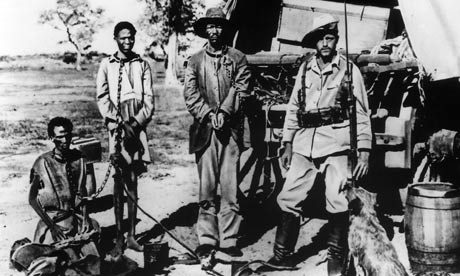
The southern African country of Namibia is a tough place to live. The Namibian coastline is nearly 2,000 kilometers (1,200 mi) of barren sand dunes and rocky terrain unsuited for crops—but it also holds wealth in the form of diamonds, rare metals, and gemstones. By the 1880s, the Germans had gotten wind of those riches and decided to set up their own colony on land belonging to the Herero tribe.
Tensions between the Germans and the locals rose quickly, as the scarce water supply became scarcer and the tribe’s cattle, their only livelihood, were taken from them. In the end, they unsuccessfully tried to rebel against the German colonists.
In response, the German government sent a brutal leader, Lieutenant-General Lother von Trotha, along with 10,000 heavily armed men to put down the uprising. Trotha intentionally drove the Herero into a position where anywhere they turned they would die. His men flanked the tribe on three sides, with the only escape being into the harsh Kalahari desert—where the Germans had poisoned all the water holes. It was either face the Germans and be shot, or wander around the desert until you starved.
Prior to the uprising, 80,000 Herero lived across Namibia. After the massacre, only 15,000 were still alive.
9The Soviet Government Deports An Entire Nation
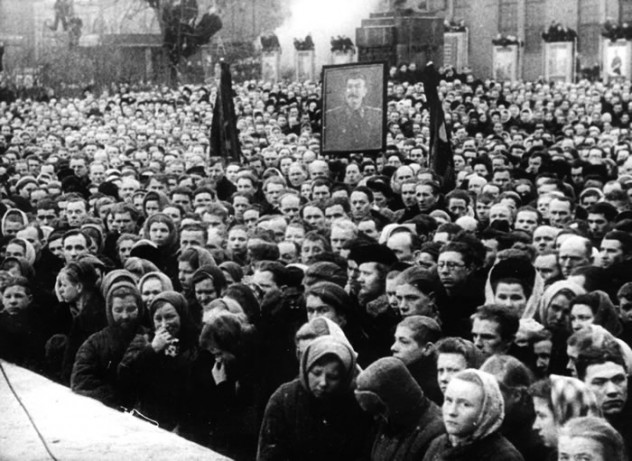
Despite the fact that nearly 40,000 Chechens and Ingush fought for the Soviets in World War II, the government later accused them of helping the Nazis. To punish the Chechen and Ingush people, the government decided to deport every single one of them to remote areas of the Soviet Union in freight cars.
On February 23, 1944, the entire population of Chechens and Ingush were ordered to local party buildings where they were informed they were being deported for helping the Germans. Anyone who could not be transported for some reason was to be shot immediately. In one such instance, 700 people were locked in a barn that was burned to the ground. Experts believe up to 50 percent of the Chechen population died during what is commonly referred to as “Operation Lentil.”
8The Parsley Massacre
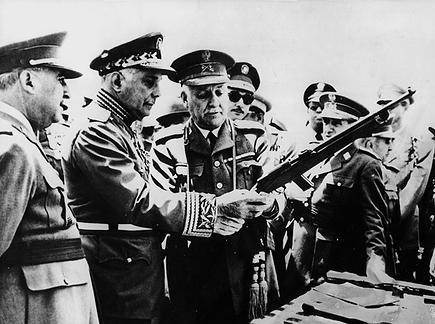
In only five days in the fall of 1937, more than 20,000 Haitians were massacred under orders from Dominican dictator Rafael Leonidas Trujillo. The massacres took place along the border and saw Dominican soldiers and civilians wielding machetes, bayonets, and rifles to kill any Haitian they could.
To determine who was Dominican and who was Haitian, Dominicans would hand a piece of parsley to a suspected Haitian and ask, “What is that?” A Dominican would be able to properly pronounce the word “perejil,” while a Haitian would have a Creole accent on the word that would clearly point to them being Haitian.
Experts are still debating why Trujillo would go through with such a massacre. Some say it was purely based on race, with the goal of an all-white Dominican Republic, while others say he wanted to expand Dominican territory.
720 Million Die In The Taiping Rebellion
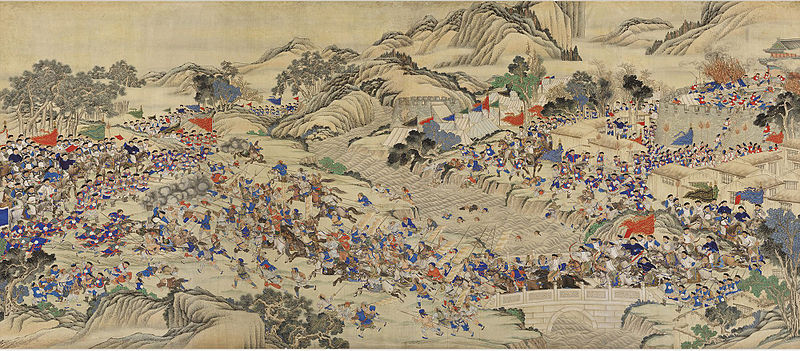
The Taiping Rebellion began when Hong Xiuquan, a civil service examination candidate, had a series of visions that led him to believe he was the younger brother of Jesus Christ. These messianic visions eventually led him to recruit an army of fanatical followers and try to overthrow the government of China (just like Jesus would have done, right?). Xiuquan actually had some good ideas for China—he wanted to outlaw gambling, polygamy, and the sale of slaves. He also wanted to stop the practice of foot binding and start the practice of allowing women to hold office.
Xiuquan gathered followers on these basic ideals, recruiting many poor and outcast Chinese citizens to join his army. In less than 10 years, Xiuquan controlled over one-third of China. The main enemy of Xiuquan and his army were the Manchu rulers, who had recently conquered China themselves.
The Manchus battled Xiuquan’s army for over 20 years, leaving 20 million dead due to war, disease, and massacres on both sides. It is often seen as an act of genocide since so many poor, lower-class Chinese were murdered.
6Turkey Massacres Rebellious Villagers

When Dersim, in modern-day Turkey, refused to accept control by the new central government, instead relying on their own tribal laws, the Turkish government decided to force them to respect their authority.
Between March 1937 and spring of 1938, Turkish troops massacred many of the people in the Dersim area. Women and children who hid in caves were sealed in with large rocks and then smoked to death by large fires built near the entrances. Three tribes, the Karabel, Ferhad, and Pilvank, all surrendered and were immediately killed. Even young men from Dersim who entered the Turkish military to fight for the central government were relieved of their posts and killed for fear they might rebel. In a single day in 1938, 7,954 people were killed or captured.
5Millions Die In Stalin’s Forced Famine
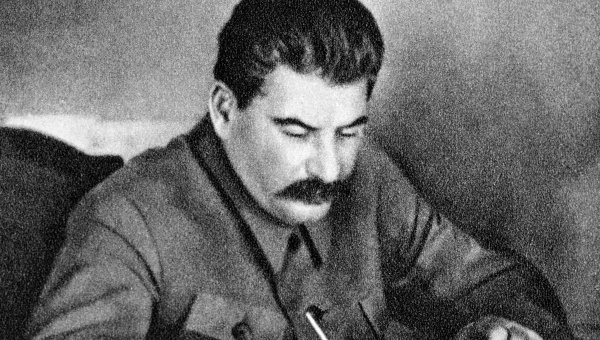
With the collapse of czarist rule in March 1917, the country of Ukraine finally saw the opportunity to declare independence for themselves. But the freedom was short-lived. Before the end of the year, Vladimir Lenin was planning to reclaim all the areas which were formerly controlled by the czars—including Ukraine.
Over the next several years, Ukrainians unsuccessfully fought to keep their freedom, but their eventual loss only seemed to fuel a national revival movement. Then Joseph Stalin took power in the Soviet Union. He saw this nationalist revival as unacceptable and decided to put a stop to it.
First, he rounded up 5,000 Ukrainian scholars and had them killed for plotting a revolt (they weren’t), hoping it would quell some of the nationalism. He also implemented a plan to collectivize all the farmland in Ukraine. This only fueled further resentment, but Stalin wouldn’t back down. He was going to starve the Ukrainians until they submitted to him.
By mid-1932, Stalin had forcibly collectivized 75 percent of farmland in Ukraine and drastically increased the food quotas that needed to be shipped to the rest of the USSR. As a result, there was not enough food left to feed the Ukrainian people. In 1933, at the height of the famine, 25,000 people were dying every day. In the end, nearly 5 million people died.
4Native American Genocide
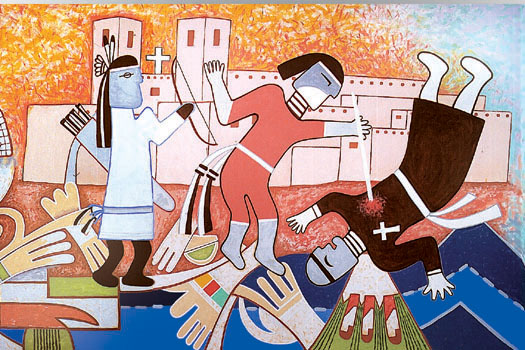
The Hopi, then known as the Moqui, were a Native American tribe living in northern Arizona. As they typically did, the Spanish were trying to convert them to Christianity. The first attempt didn’t go well (the Moqui rebelled), so the Spanish returned a few years later with an army. In a town called Awatovi, two Spanish priests found that many of their former converts were still around, and eager to return to Christianity. The excited priests left the town and headed for Santa Fe to talk to their superiors about building a church in Awatovi.
The church would never be built.
You see, the town of Awatovi was sort of a renegade Native American town and the other Moqui tribe didn’t like them, the Spanish, or the whole “converting to Christianity” thing. So they gathered a small army, marched to Awatovi and, while the men of Awatovi were getting ready for a ceremony, burned everything to the ground.
Every man in Awatovi was killed. Some women and children were taken as slaves but when the Moqui army began arguing about how to distribute them, they decided it best to just kill most of them, too.
3Jean Jacques Dessalines Turns Haiti Into An All-Black Nation
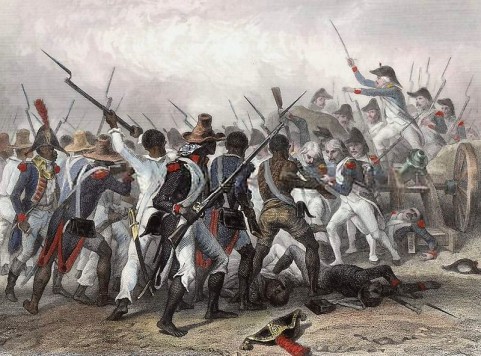
The Haitian Revolution was the most successful slave revolt in history, as the enslaved Africans outfought and outlasted the French and various other European forces to became the first independent black nation in the Western Hemisphere. However, in the dying days of the war, the revolution’s charismatic leader, Toussaint l’Ouverture, was kidnapped by the French, who left him to die in an Alpine prison. He was succeeded by one of his generals, an ex-slave by the name of Jean Jacques Dessalines, who was unwilling to accept his predecessor’s policy of conciliation toward white Haitians. Crowning himself emperor, Dessalines gave his first orders: Massacre the white population on the island.
Between February and March of 1804, Dessalines visited many of the cities on Haiti where he made sure his orders were followed through. Former slave owners were killed, plantations were burned, white-owned stores were ravaged, and by the end of March only a few Haitian whites had been spared. In Port-au-Prince alone, over 800 were killed in one day, with only about 50 escaping the massacre.
2The Biafran War
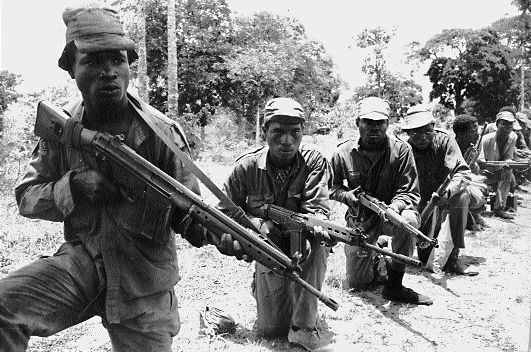
When Nigeria gained independence from Britain in 1960, nearly 60 million people of over 300 different ethnic and religious backgrounds lived within its borders. Many of these different ethnicities were living closely together, causing a significant amount of tension. This caused a number of elections to be riddled with fraud, multiple coups exchanging power yearly, and a general hatred for people of other ethnicities.
One of the largest groups in the area, the Igbo, decided to secede from Nigeria and form the Republic of Biafra. The Nigerian government immediately launched a campaign to retake the oil-rich breakaway region. From 1967, when the Republic of Biafra was formed, to late 1968, a vicious civil war raged. The Nigerian government did everything they could to crush the fledgling nation. They even blocked food and water from getting into Biafra, contributing to the nearly 3 million lives lost in the civil war. Almost 5,000 died each day, most of them of Igbo descent.
1Falun Gong Persecutions
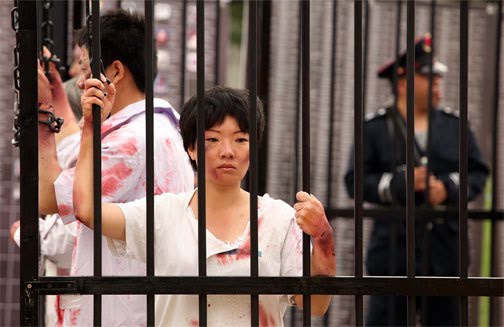
Falun Gong is a relatively recent Chinese quasi-religion based around core values of truthfulness, compassion, and tolerance, as well as exercises designed to improve health and energy. But for millions of its followers in China, their beliefs can get them put in prison or even killed.
Since July 22, 1999, practicing Falun Gong in China is against the law. China even has their own security department, 6-10 Office, which deals exclusively with suppressing the religion. Among other horrors, the 6-10 Office has been accused of sending people to work 20 hours a day in “reform camps,” force-feeding saline solutions into prisoner’s noses, and tying people in excruciating positions for days on end. There have even been accounts of people practicing Falun Gong having their organs removed for quick, in-demand organ transplants.
Over the past 14 years, since the ban on the religion began, over 3,428 deaths have been reported, with the numbers continuing to rise. The persecution continues to this day.
I am unemployed. We can talk about that if you want.


